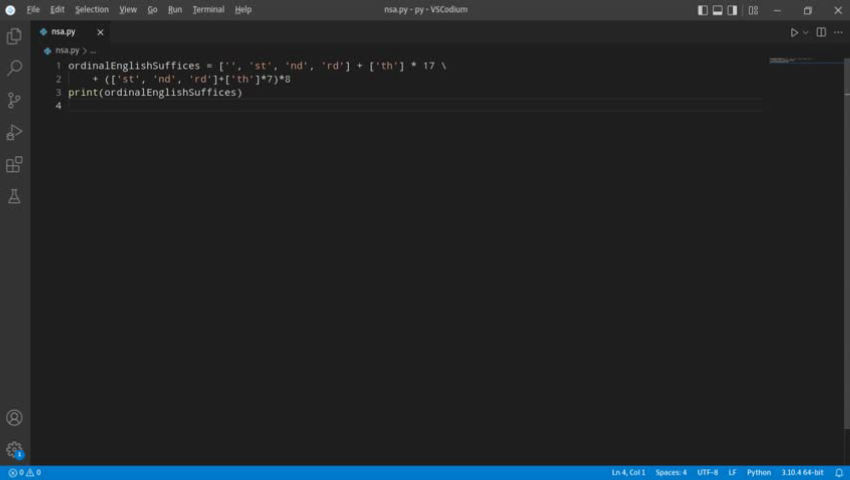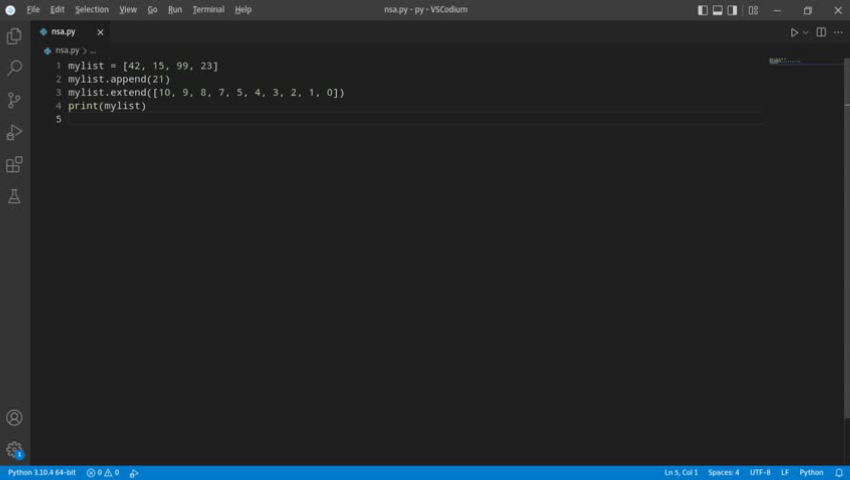World Map: Array decisions
I’m going back and forth at the moment on the subject of the world array. In The Endless Rooms, there are endless near-identical rooms. For what I hope are obvious reasons, I plan to go with an array of 100 by 100 rooms, which should feel like an unlimited number without actually being unlimited.
This means that there will be 10,000 rooms to explore. If I create an array to map all the rooms, I probably don’t want to load into memory the objects for every room, entity, creature, puzzle, script and so forth. I may need to map where to find those things and include in the active array, completion, changes, narrative progress, and the like.
The question I am currently playing with is how much I need to keep in memory and how much I can defer to files.
This is a key set of choices that I feel I may need to make early, as changing later could be a lot of needless work. I’ve been using ChatGPT as a coding buddy to talk through ideas (I’ll write my own code, thank you chat), which has helped me get some ideas organised in my brain. Not because ChatGPT is particularly helpful but because I have had to codify and explain what I’m trying to figure out.
Any thoughts? I’d love to hear them.
Also on: #10000Rooms #array #map #planning #technicalLimits #DevLog






 Qiita - 人気の記事
Qiita - 人気の記事